Pigeon Racing Essentials
Air
Good ventilation and freedom from dampness.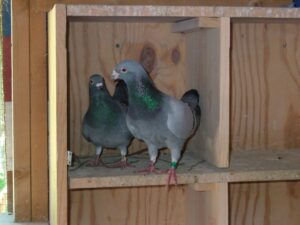
Water
Fresh and in clean vessels.
Food
Sound food, rationally fed.
Control
Exercise, trapping, feeding and basket work at right time.
Feeding.
Winter mixture: 50% barley, 20% wheat, 20% maize, 10% peas, tares or beans.
Breeding mixture: 20% wheat, 30% maize, 30% beans,peas or tares, 10% dari, 5% sunflour seeds, 5% barley.
Racing mixture: 15% wheat, 40% maize, 30% beans, peas or tares, 10% dari, 5% sunflower seeds and as a treat two or three days prior to basketing a little hemp seed.
Moulting mixture: 15% barley, 25% maize, 25% wheat, 5% sunflower seeds, 5% hemp seeds, 25% peas or beans.
When is the pigeon in form?
What are the outward symptoms?
The skin on the breast must be clean without scurf, but pink or even red in the case of the widower birds as though the blood was flowing freely under taut skin.
There is often a little red dot on the sternum. The eye cere and wattle should be chalky white. There is a definite brilliance to the whole eye. The eye ball seems rounder than usual. This is becuase there is ample liquid in the space between the cornea and the lens.
The throat should be a light pink. The neck feathers shiny and smooth without plaits in them. The wings should be held close to the body and the colouring of the feathers appear richer. The pigeon seems smaller and feels lighter when it is held in the hand.
Its feet are dry, clean and warm. The tips of the flights have a slight bloom on them. The muscles of the breast are not loose but feel firm (not hard) and make the pigeon look rounder. The outer rim of the iris (if the bird has one) is shiny black.
Condition
Condition means health. One of the best signs of fitness on the part of the young birds is thier desire to fly. Greasy beaks, dirty wattles, swollen eyes and poor feathers are all sure signs of bad condition. If you want to be succesful the early morning fly is the most essential.
Teach them to get up at sun rise, always bear in mind that it is nothing short of condition that will take a man to the top, birds sent to a race that lack condition cannot perform with credit to thier owner or justice to the blood in them. Send only those birds that are in the finest possible condition.
A doubtful bird must be put by for some other occasion when it is quite fit, unless a bird is at its fitest it is no use sending it through to the final stage.
Trapping
Trapping is a matter of training and habit. It is the trapping habit you have got to teach your birds daily, that wins short races when even seconds may count.
I do not belive in flying to food. That is to say, sending the birds on the hungry side. On the other hand, a bird gorged with food would not digest it in time for flying well the next day as they do not digest thier food as freely in the basket as when in the loft, owing to lack of exersize.
Too much flying the day being basketed for a race is not good for birds. In fact, I often shut the loft up all day.
The Big Moult
Moulting season starts right after the racing season. Some may call it “Off season”, but in Hilsea Lofts there is no Off season. It is just as important as the breeding season. In fact, it is the most important time of the year in pigeon racing, they need more rest and more nutritional food.
I seperate the sexes right after the racing season, this way they moult better and faster and they still enjoy thier normal daily exercise and warm bath. Moult season causes stress, there’s just no getting around it. A good moulting mixture is introduced slowley after racing. The smart men advocate wheat and barley to others, then promptly feed thier birds fine quality moulting mixture.
Remember, once the moult has been completed there is nothing you can do to change your pigeons new coat of feathers. Always supply your birds with additional supplement, like lin seed or sunflower seed on a daily basis.
You can also add oil based supplement on the feed, like Hemp seed oil, Soya oil, Cod liver oil, Wheat germ oil, Olive oil, Rapeseed oil, Sun flower oil,; any of the above or mix together. Mix lightly with thier food a few times a week during the moult period. This kind of energy oil contains the following vitamins A, E, D, B1, B2, B6 and B12 and is also an excellent source of the essential fatty acids Omega 3, 6 and 9.
All good for your pigeon during breeding, racing and the big moult. Available in all good Superstores!

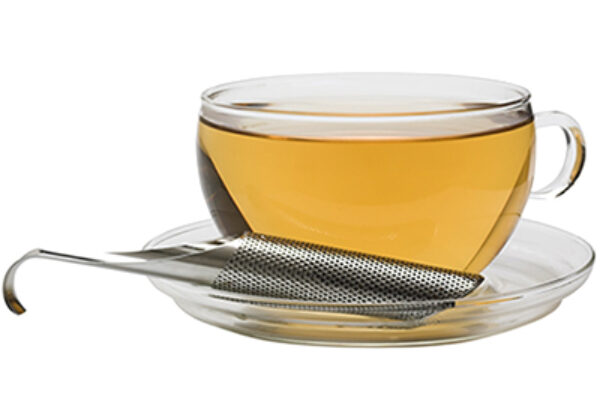
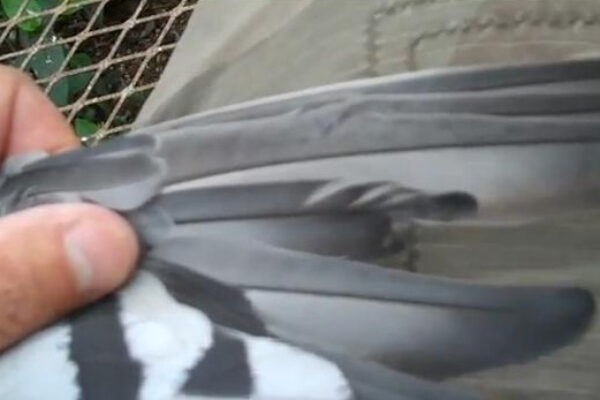
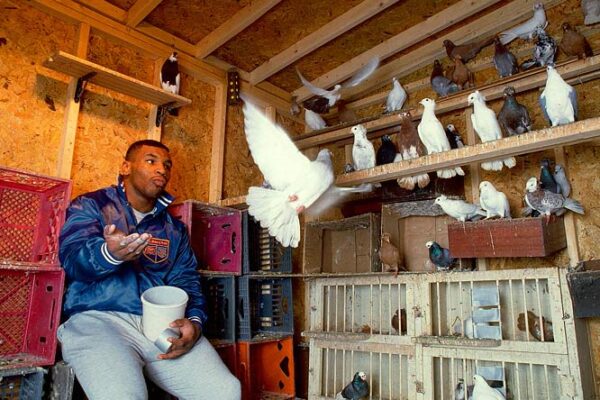
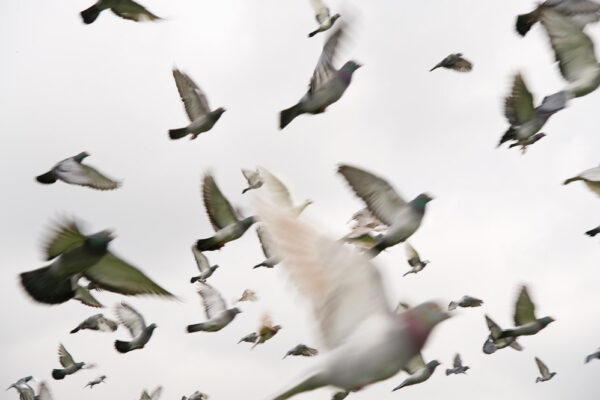
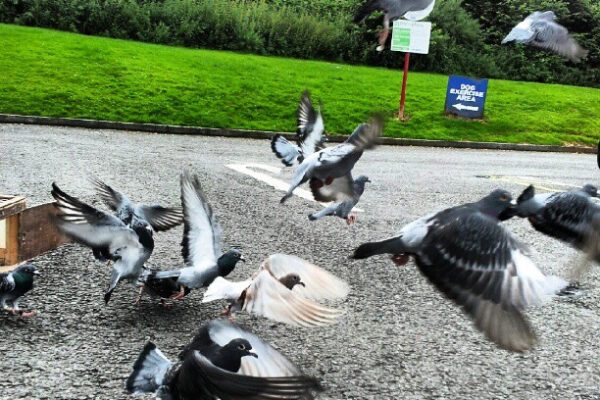



AS always very interesting article that’s what i like to see on the site.
Trev Aust
Can you give codliver oil on food every day
personally, I would not give them cod liver oil every day on the feed..I think a couple times a week would be fine..
a very helpful article and very explicit the emphsis must be on health as that is what form is.this is constant observation of all inmates of your loft